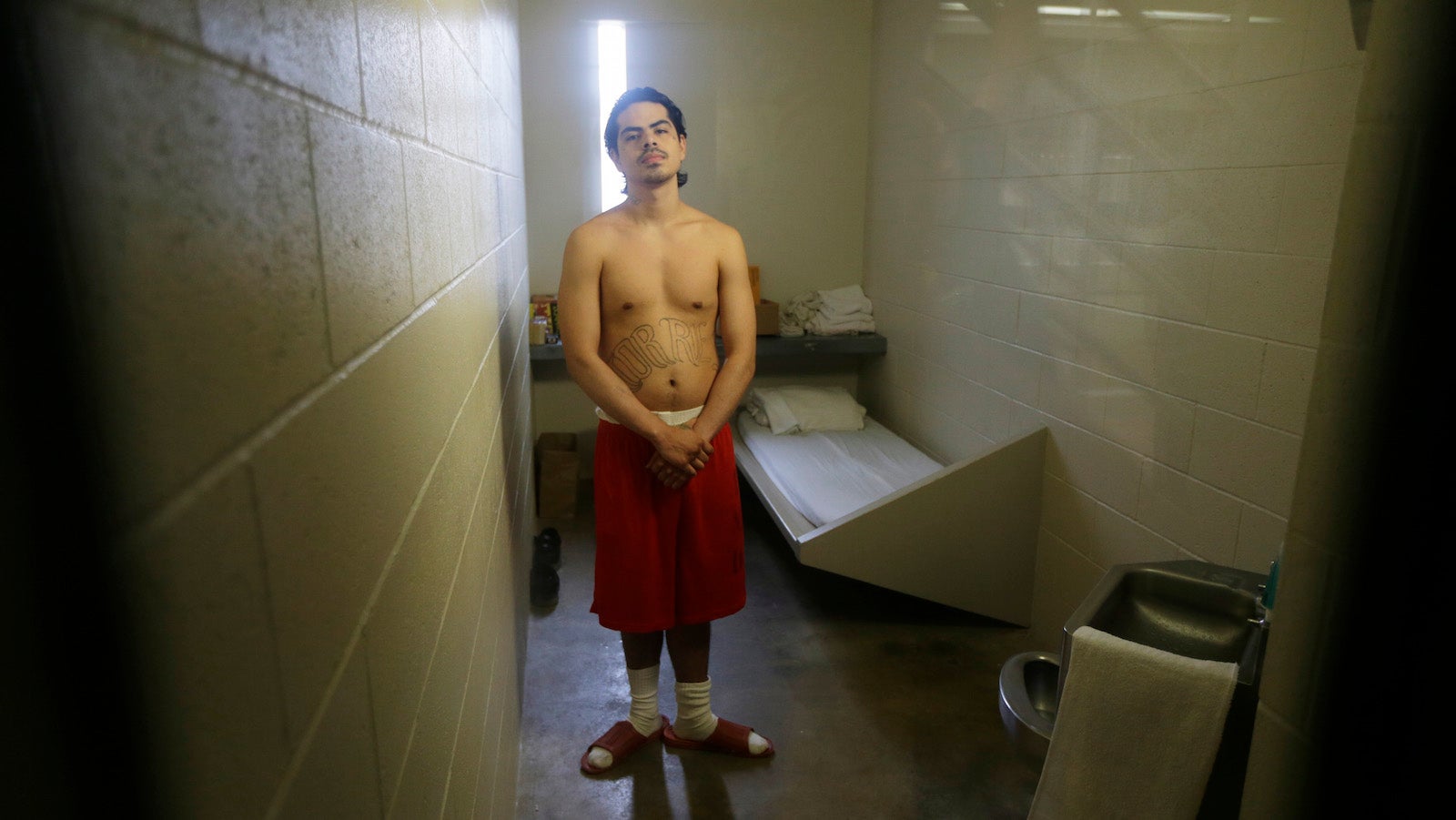The make-up of the 1 in 5 American prisoners who went to solitary confinement
Despite the documented harmful effects of solitary confinement, a new report shows that nearly one in five state and federal inmates in the US are held in some form of isolation while in prison.


Despite the documented harmful effects of solitary confinement, a new report shows that nearly one in five state and federal inmates in the US are held in some form of isolation while in prison.
Research from the Bureau of Justice Statistics, conducted from 2011 to 2012, found that almost 20% of prison inmates and 18% of jail inmates reported they had spent time in “restrictive housing” in the past 12 months or since arriving at their current facility.
The findings were based on a survey of more than 90,000 adult inmates at state and federal prisons, as well as local jails.
In this study, “restrictive housing” included three types of segregation: disciplinary segregation—when inmates are isolated for a select period of time for rule-breaking; administrative segregation, in which inmates are deemed a safety risk and isolated, typically for months or years; and solitary confinement, where inmates are isolated in their cells for a majority of each day.
The punishments—linked to damaging, long-term consequences and considered tantamount to torture by many— disproportionately affect select segments of the inmate population, the survey found. The young, uneducated, and those who identify as lesbian, gay or bisexual were more likely to find themselves in isolation during their sentences.
Mental problems are also linked to the use of solitary confinement, the survey found. Between 23% and 31% of prison and jail inmates with a history of mental health problems spent time in restrictive housing. For contrast, 14% of prisoners and 12% of jail inmates with no history of mental illness spent time in restrictive housing.
And while violent offenders made up a large chunk of the inmates held in solitary confinement, the majority were currently jailed or placed in prison for nonviolent offenses, the report shows.